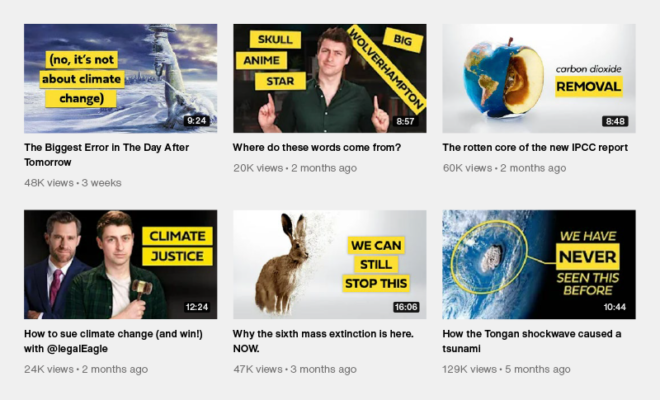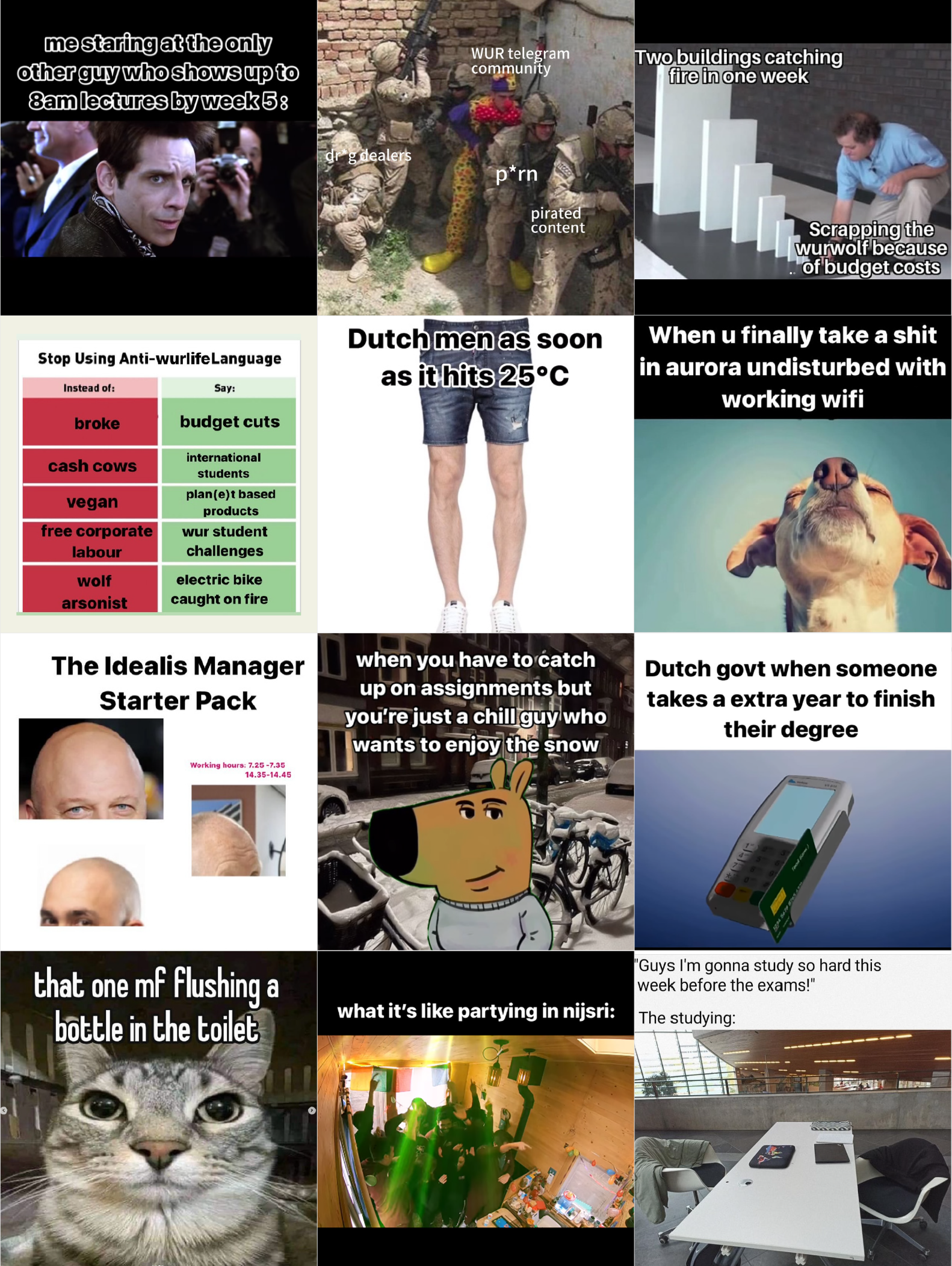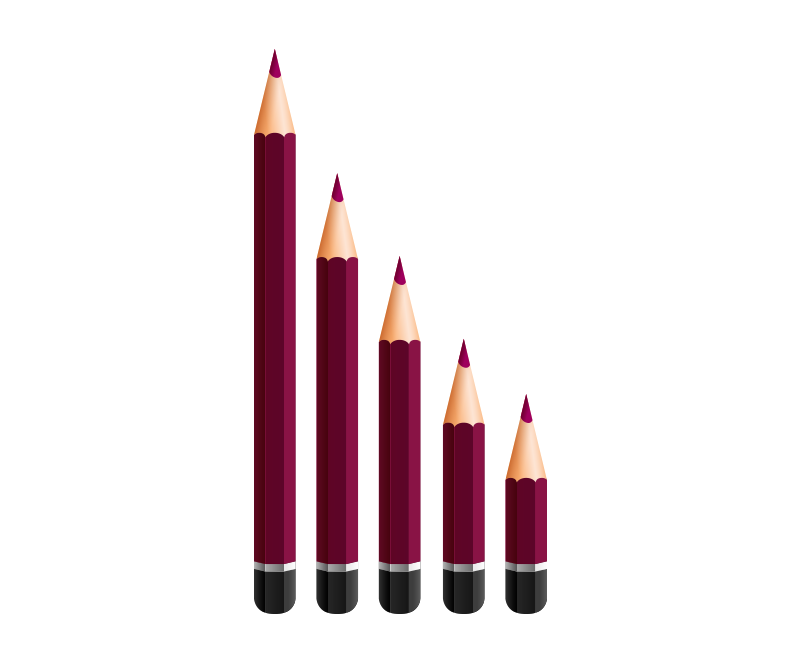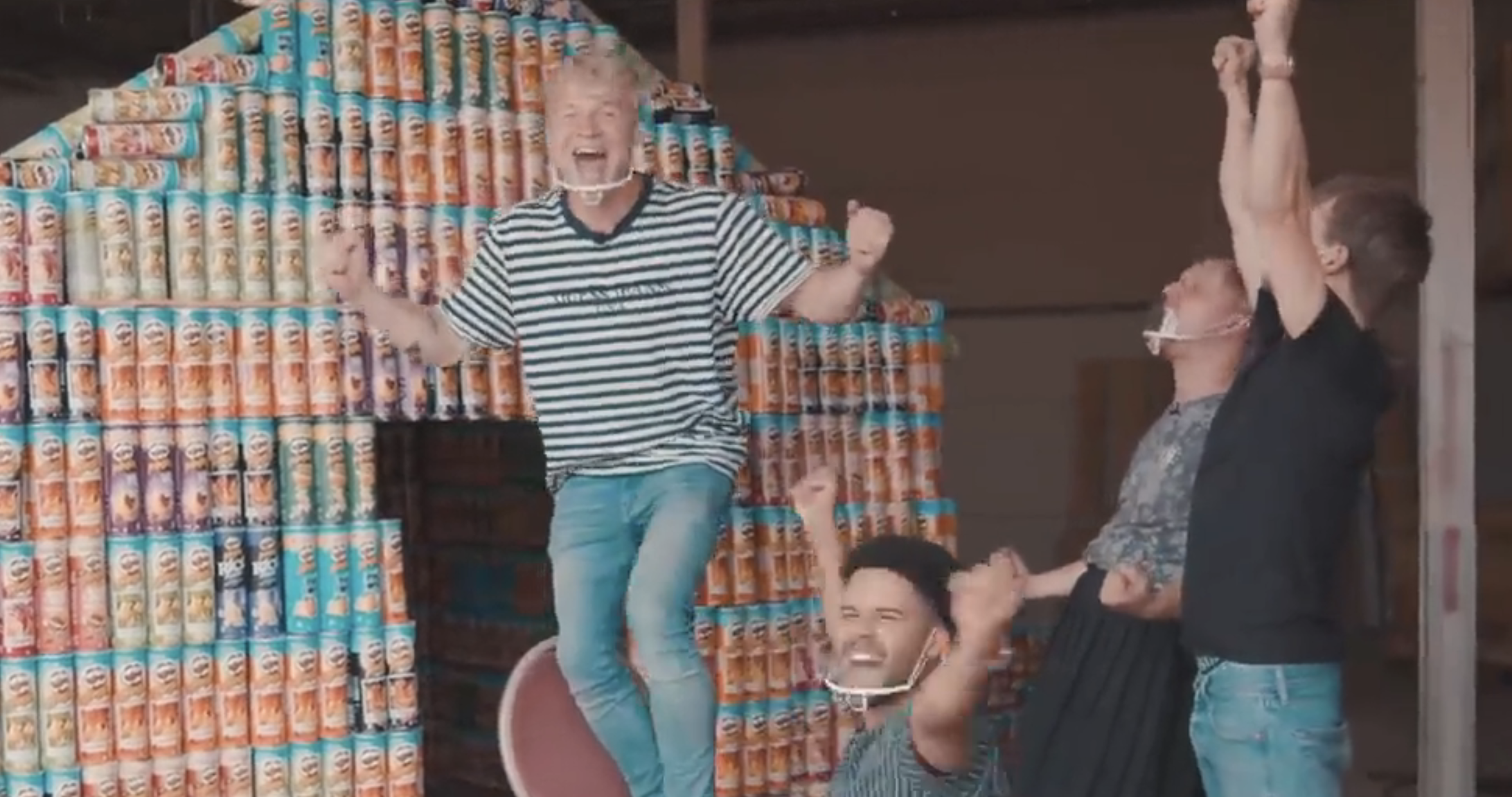Communicating about science is at least as important as doing it. YouTuber Simon Clark (SimonOxfPhys, 429,000 subscribers) has made it his mission. He was in Wageningen to film last week, and Resource asked him for some tips.
What’s your drive in making videos?
‘There are two reasons I make videos. Firstly, I try to make the content that I wish was out there for other people to see. I hope my videos will make people take the climate crisis seriously and improve their scientific literacy. I want people to feel a connection with science and enjoy hearing about it. So it’s about videos that make a positive social contribution. The second reason is much more selfish: because I find it fun! I get real enjoyment from teaching and from the film-making process.’
How do you become a YouTuber?
‘I made my first video 12 years ago, to give students tips on how to get admitted to the universities of Oxford and Cambridge. I received a lot of questions in response to that video and I decided to make a few more to answer them.
You can only become successful by failing a lot
Shortly after that, my college was looking for someone to make videos about student life. I bluffed my way into the job, saying that I had a lot of experience of making films. Then I had my work cut out to learn how you actually do so.
I enjoyed doing it and the videos got a lot of viewers. I carried on making films when I started a PhD after my Master’s. At first it was mainly personal vlogs on topics like a week in the life of a PhD student. Then I gradually started to talk more about research and the content became more scientific.
At the end of my PhD, I had about 70,000 subscribers. I was faced with a choice: should I continue in research, or try to make a living out of making videos? I decided I had to give it a go. It was a gamble and it worked out well.’
How do you make a good video?
‘The most important thing is to make it a story. Get your viewers on board. Fortunately, there are lots of books, films and documentaries to get inspiration from. And you learn at least as much from the bad examples as from the good ones. Think about what you want your audience to learn from each video. Also think about exactly who your audience is. Then choose the format that suits them the best: a vlog, an explainer video or a live stream.
Then think about how to structure your story logically. One of my rules is: the successive pieces of your story should always be linked with “so” or “but”. If you use “and then” too often, you’ll sound like a toddler.’
How did you get 1.5 million views?
‘Sheer luck. It really is 90 per cent luck and 10 per cent other factors. The key things are a good thumbnail on social media (see illustration, ed.) and a title that people want to click on. You can make a great video but if you give it a bad title, nobody will click on it. That is my big frustration. I wish there was a better correlation between the quality of a video and how often it is viewed. Of course, you need people to keep watching after they click, so the content does matter. But the starting point is pure marketing.’
How do you get started with science communication?
‘Just start! Nearly everyone has social media accounts. Start there by occasionally talking about your research, your department or your university. Your social media – where you also post about a reality show or that terrible football match – are just the right place to talk about research, because it makes science human. And also: make mistakes. Experiment! You can only become successful by failing a lot.’
How do you make money?
‘I work with an agency for education YouTubers. They look for companies to sponsor my films.
I also earn from the videos through the ads that Google places on them. And I get some income from Patreon, where users pay for unique content, and Twitch, where I make streams on things like programming and scientific papers.
The most important thing is to make it a story
I give advice to other YouTubers and I make some money from my book. So it’s a question of betting on several different horses.’
How do you deal with negative comments?
‘The comment section is quite a sewer, yes. But YouTube has good moderator tools, which allow you to hide comments based on certain words. The person who posted it doesn’t notice. I block people who are repeatedly crude. By the way, I do enjoy answering questions from viewers, so I always look at the comments. But if I were to read them all … that really isn’t good for you.’
Clark was on the Wageningen campus to make a video about PhD student Francesco Garrasino’s research. Garrasino studies the plant Hirschfeldia incana, or grey mustard, which is extremely efficient in its photosynthesis. Garrasino wants to know why this is so and whether this characteristic can be used to make other food crops grow more efficiently, for example in dry areas. The video about this can be seen from mid-July on the YouTube channel SimonOxfPhys.

 Simon Clark: ‘The key things are good thumbnails on social media and titles that people want to click on.’
Simon Clark: ‘The key things are good thumbnails on social media and titles that people want to click on.’ 

